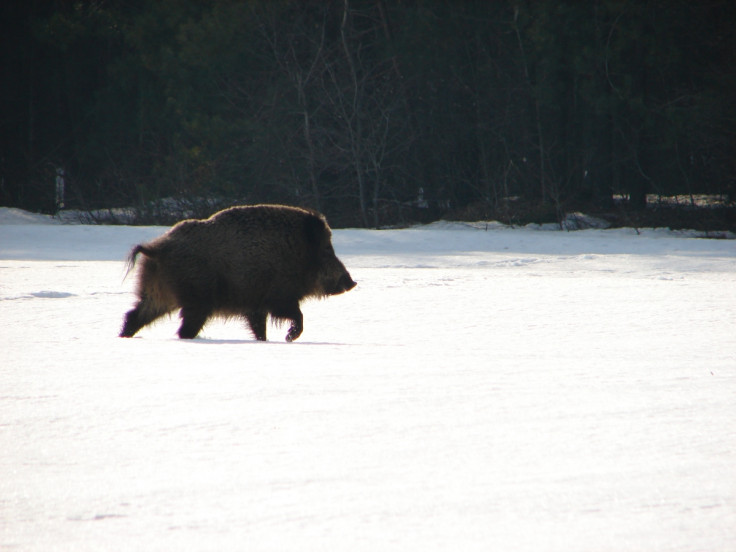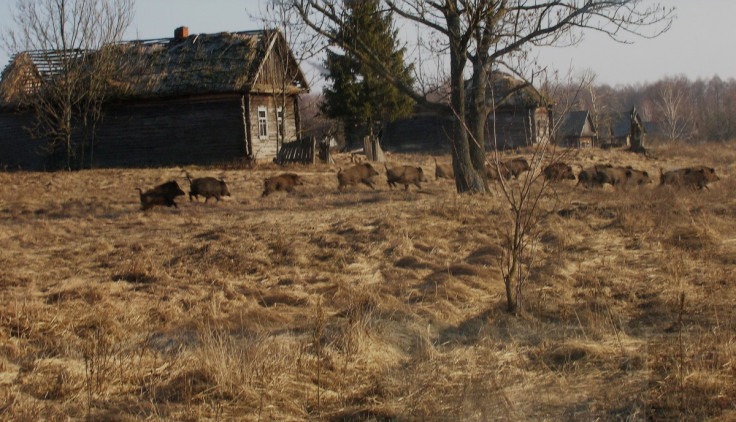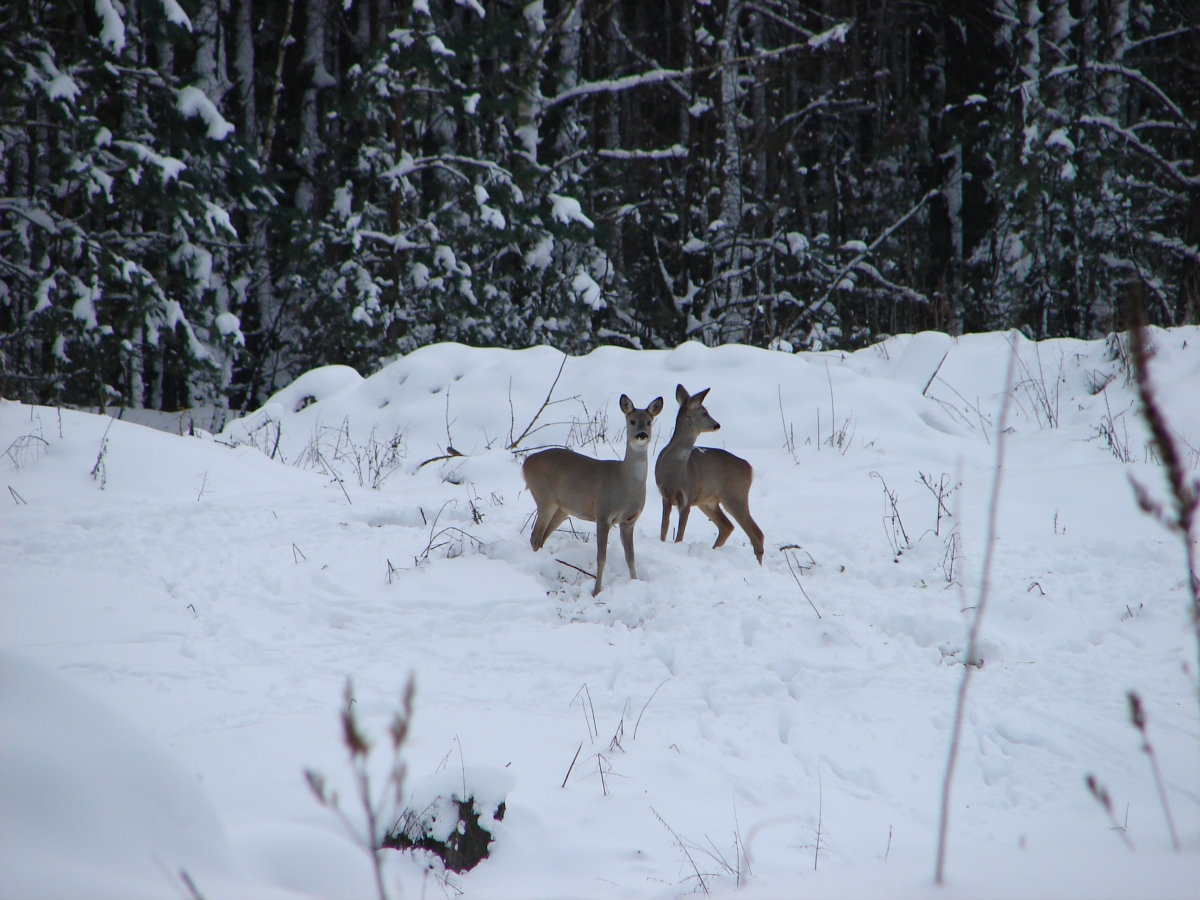Wildlife thriving in Chernobyl exclusion zone: Lynx, boar, deer and wolves roam poisoned land [Photos]
Wildlife is thriving inside the Chernobyl exclusion zone, with elk, roe deer, red deer, wild boar, and wolves flourishing at the site of the world's worst nuclear disaster. Images from Chernobyl show an abundance of animal life, similar to those seen in four uncontaminated nature reserves in the region.
Moreover, researchers from the University of Portsmouth say the number of wolves in and around the exclusion zone is seven times higher than in the nearby nature reserves. Scientists published their report on Chernobyl wildlife in the Cell Press journal Current Biology.

The Chernobyl disaster in April 1986 occurred when a fire and explosion at the nuclear power plant released huge quantities of radioactive particles into the atmosphere. Following the disaster the USSR military set up the exclusion zone covering a 30km radius. Since then, this has largely reverted to forest and turned into a wildlife haven as a result of the lack of human activity. Previous research showed the radiation initially led to reductions in wildlife populations, but since then mammals have bounced back – serving as a reminder of the resilience of wildlife.

Jim Smith, one of the authors on the latest study into Chernobyl wildlife, said: "It's very likely that wildlife numbers at Chernobyl are much higher than they were before the accident. This doesn't mean radiation is good for wildlife, just that the effects of human habitation, including hunting, farming, and forestry, are a lot worse."
Researchers used long-term census data and helicopter surveys to show rising trends in the numbers of elk, roe deer and wild boar between one and 10 years after the accident. They analysed several different hypotheses about declines in populations, finding none matched the data they were seeing.

They said extremely high doses of radiation in the first six months after the disaster significantly affected health and reproduction of the animals, but following this populations appear largely unaffected by the damage caused. They said they could not separate the positive effect of human abandonment of the area from the negative effect of the radiation, but added that regardless of this, their findings point to "wildlife's resilience in the face of chronic radiation stress".

"Any potential long-term radiation damage to populations is not apparent from our trend analysis of large mammal abundances ... These results demonstrate for the first time that, regardless of potential radiation effects on individual animals, the Chernobyl exclusion zone supports an abundant mammal community after nearly three decades of chronic radiation exposures."
Jim Beasley, a study co-author at the University of Georgia, added: "These unique data showing a wide range of animals thriving within miles of a major nuclear accident illustrate the resilience of wildlife populations when freed from the pressures of human habitation."




© Copyright IBTimes 2025. All rights reserved.






















